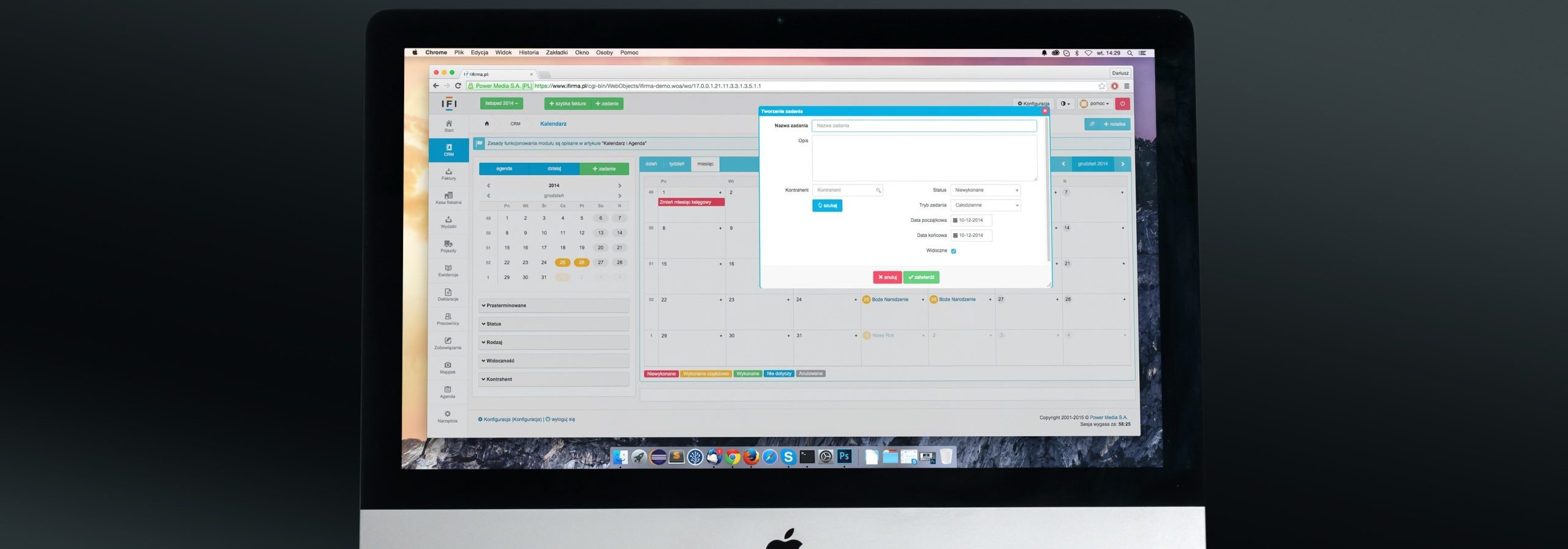The Office of Management and Budget (OMB) is in the final stages of preparing an implementation guide for the 21st Century Integrated Digital Experience Act (21st Century IDEA). The guide, expected in early autumn, was described by Federal Chief Information Officer Clare Martorana as “a 10-year roadmap for digital transformation” at the 2023 IT Vendor Management Summit.
Given that the Technology Modernization Fund (TMF) is unlikely to receive additional funding in fiscal year 2024, the OMB is encouraging agencies to apply for TMF funding before September 22 to help them meet the 21st Century IDEA goals.
The 21st Century IDEA, originally signed into law in 2018, mandates that federal agencies digitize processes to improve public-government interactions. This objective aligns with the:
- Executive Order on Transforming Federal Customer Experience (CX) and Service Delivery to Rebuild Trust in Government
- Priority 2 of the President’s Management Agenda
- OMB’s CX Life Experiences Projects
The governmentwide investment in CX is warranted. A recent study from the Partnership for Public Service found that only 35% of Americans say they trust the federal government. Additionally, according to a 2022 study by the Information Technology and Innovation Foundation (ITIF), federal government customer satisfaction is at a historic low.
So, what’s the big IDEA?
The 21st Century IDEA seeks to improve digital experiences for government customers by requiring agencies to standardize forms, modernize signatures, and comply with Section 508.
The public expects and deserves government services to be delivered in ways that are quick, easy, secure and accessible. The government’s reliance on paper forms contributes significantly to poor CX. A 2022 Chamber of Commerce Report found that despite modernization efforts, the U.S. public spends approximately 10.5 billion hours on government paperwork annually.
When it comes to interactions with the government, forms are the front door. This universal exchange of information sets the tone for the rest of the engagement. Government forms that are difficult to fill out and sign create barriers between members of the public and the resources they depend on. Implementing secure digital documents and e-signature solutions can expedite interactions and efficiently get individuals the services they need.
Moreover, with digital document workflows and e-signatures, employee productivity increases as time spent on manual paper-based processes is repurposed on higher value tasks. Digital workflows and approval processes can also improve interoperability between agencies by streamlining the transfer and management of information.
As noted in the 21st Century IDEA, standardized applications also support frictionless experiences and interoperability for otherwise complex processes, effectively increasing public engagement and decreasing administrative burden.
While the implementation guide will offer excellent and necessary direction for agencies, and the remaining TMF resources will support crucial 21st Century IDEA projects, each agency must still evaluate their unique needs closely to maximize the outcome of any CX project.
In anticipation of the upcoming guidance, agencies should confer internally and seek external counsel from trusted industry partners to determine existing CX shortcomings. Once these gaps are identified, solutions can be informed by the implementation guide’s recommendations and administered with the remaining TMF funding to satisfy the 21st Century IDEA mandates.
Brendan Curley is an expert in public sector technology modernization with a demonstrated history of prioritizing the best interests of his clients and his company. Prior to joining Adobe, Brendan spent years cultivating his knowledge of digital customer experience, cloud and security services in leadership roles at organizations such as Accenture and Sprinklr. By leveraging his 17 years of expertise in both the public and private sectors, Brendan has consistently found success communicating the value of digital modernization to potential customers and clients alike. As a leader, Brendan is driven yet composed, and he is known as an adept business strategist. Aside from his profound understanding of public sector IT systems, Brendan is a generous person who, for nearly 21 years, has given his free time to worthwhile community service causes in the Annapolis area.




Leave a Reply
You must be logged in to post a comment.